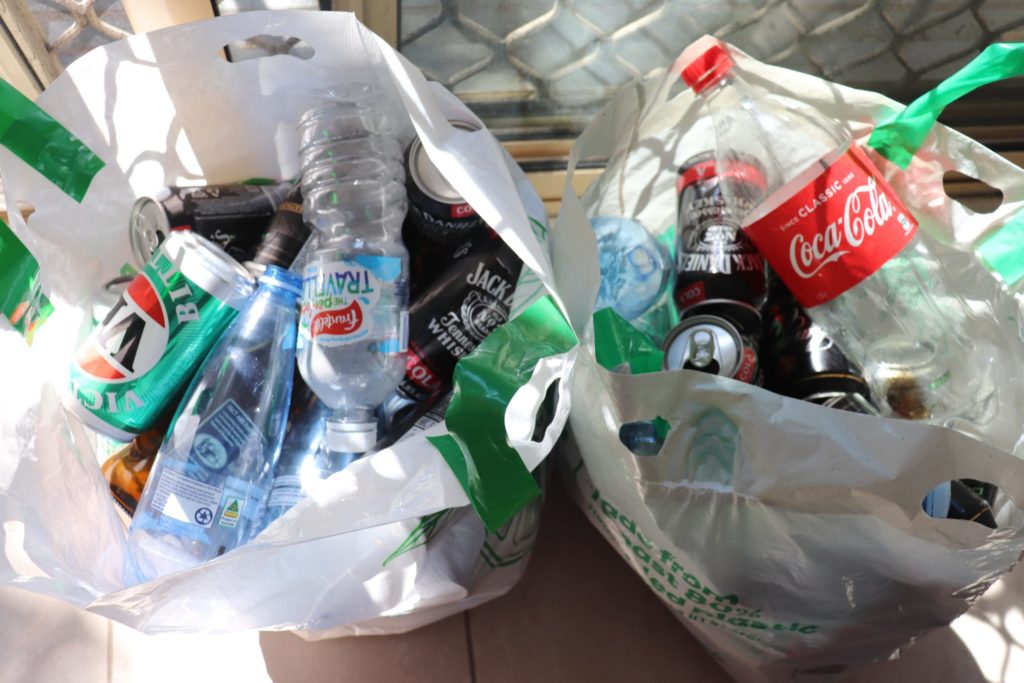R Street and CDT comments to the U.S. Copyright Office on the Digital Millennium Copyright Act safe harbor provisions
The Center for Democracy & Technology (“CDT”) and the R Street Institute (“R Street”) thank the Copyright Office for the opportunity to respond to its inquiry into the impact and effectiveness of the safe harbor provisions in the Digital Millennium Copyright Act (“DMCA”). CDT is a non-profit advocacy organization advancing democratic values in the digital age.
R Street is a non-profit public policy research organization promoting free markets and limited, effective government.
In the mid-1990s, Congress faced a difficult problem: preserving the vitality of the emerging internet ecosystem while adapting copyright law to digital technologies that had the potential to make copyright infringement easier than ever before. At the same time, policymakers also recognized that fair use was essential to organizing and categorizing these vast stores of information. In 1998, the DMCA was instituted as a compromise to address this challenge. It would lay the framework for the relationship between online service providers, rightsholders and creators, as well as internet users. Since then, fair use and the DMCA’s safe harbors have become the foundation supporting new creative economies built on memes, fan videos, and other digital content.
Title II of the DMCA created a new section 512 in Title 17, also known as the “safe harbors provision,” which aimed to provide certainty for online service providers and stability for the growth of the digital marketplace. It does this by providing rightsholders a channel through which to enforce their rights while taking advantage of the internet’s vast potential for distribution of works. In turn, internet users are given the latitude to create and share original works, and service providers maintain the confidence to offer innovative platforms for creators to reach a global audience.
The DMCA’s notice-and-takedown process relies on the cooperation of rightsholders and service providers to combat infringement from user-generated content. As the parties best able to identify potential infringements, that responsibility should remain with rightsholders. Likewise, as the parties with administrative control over the content they host, the obligation to remove allegedly infringing material falls on service providers. Through counter notices, users and creators can challenge the removal of alleged infringements, since they are in the best position to claim their posts are protected by fair use, contain properly licensed content, or were otherwise wrongly identified.
Policymakers should be wary of tampering with the delicate balance of the current regime, which could jeopardize the rights of both copyright holders and users while also undermining the foundations of the digital economy. The DMCA safe harbor framework that shields service providers from liability for content their users post has enabled companies like YouTube, Facebook, and Twitter to grow into multibillion-dollar global phenomena. Absent these protections, online services and access providers would feel compelled to strictly monitor or restrict their customers’ activity for fear of litigation, likely leading to the suppression of significant amounts of protected speech.
For the full comments, see the PDF attached above.







